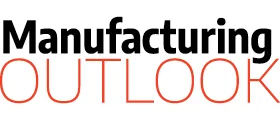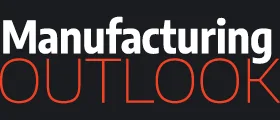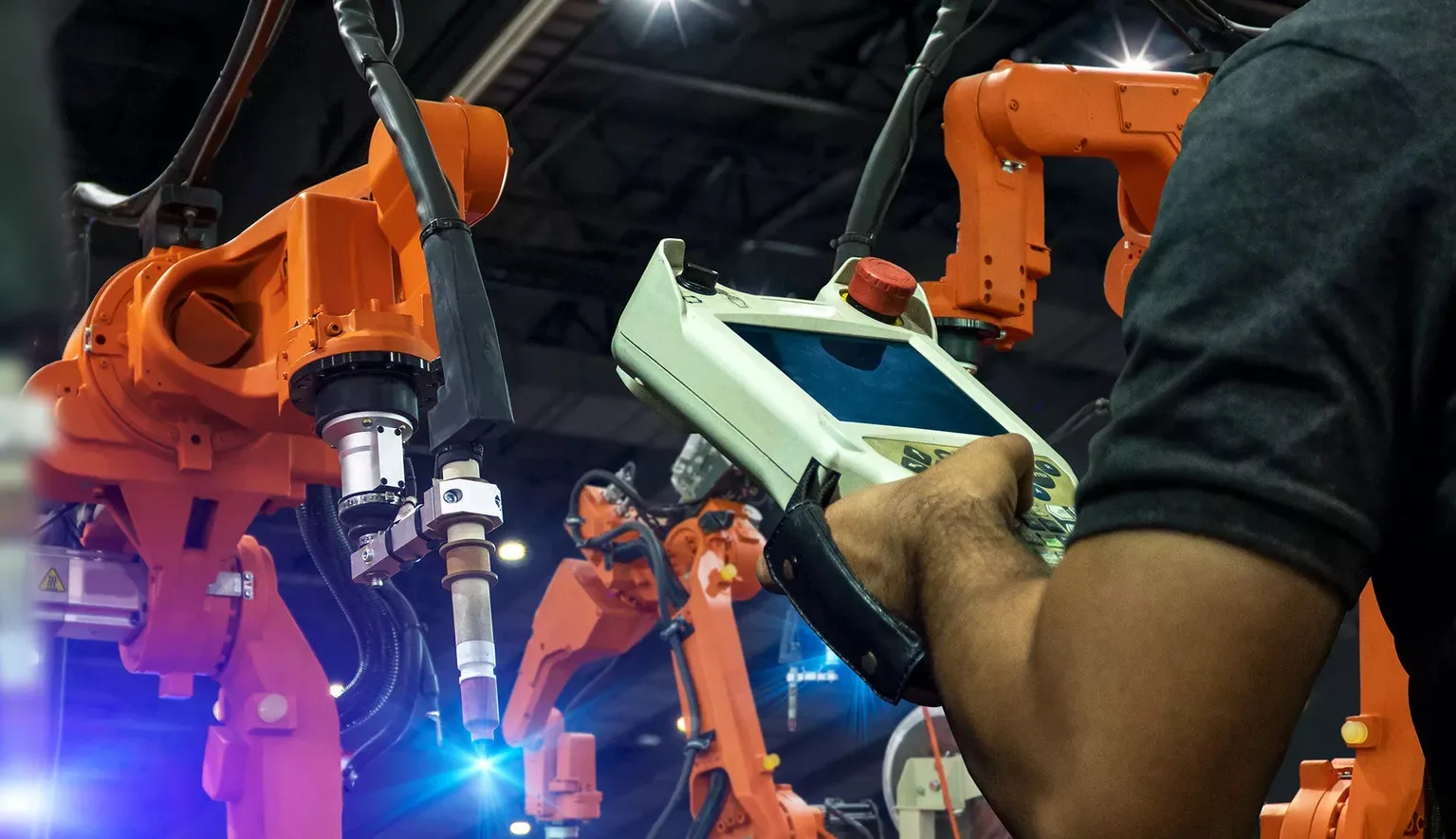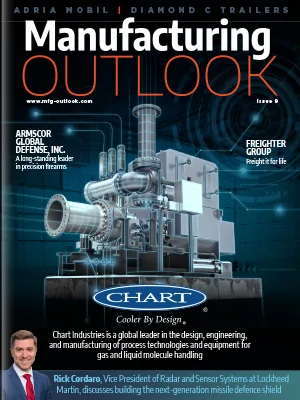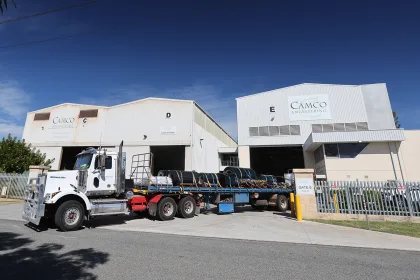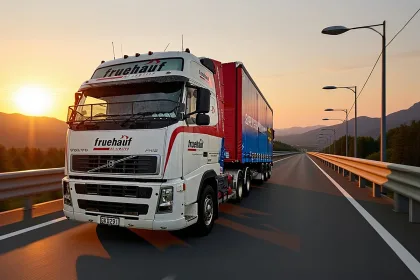- INTRODUCTION
- INTERVIEW: EAST AFRICAN MANUFACTURERS’ ASSOCIATION
- Can you talk us through the origins of EAMA, how it came about, and its initial vision?
- What do you find most exciting about East Africa’s manufacturing sector?
- On the flip side, what are the biggest challenges facing the industry?
- How do you see the industry developing over the next five years?
- Similarly, what are your hopes for the development of the association?
INTRODUCTION
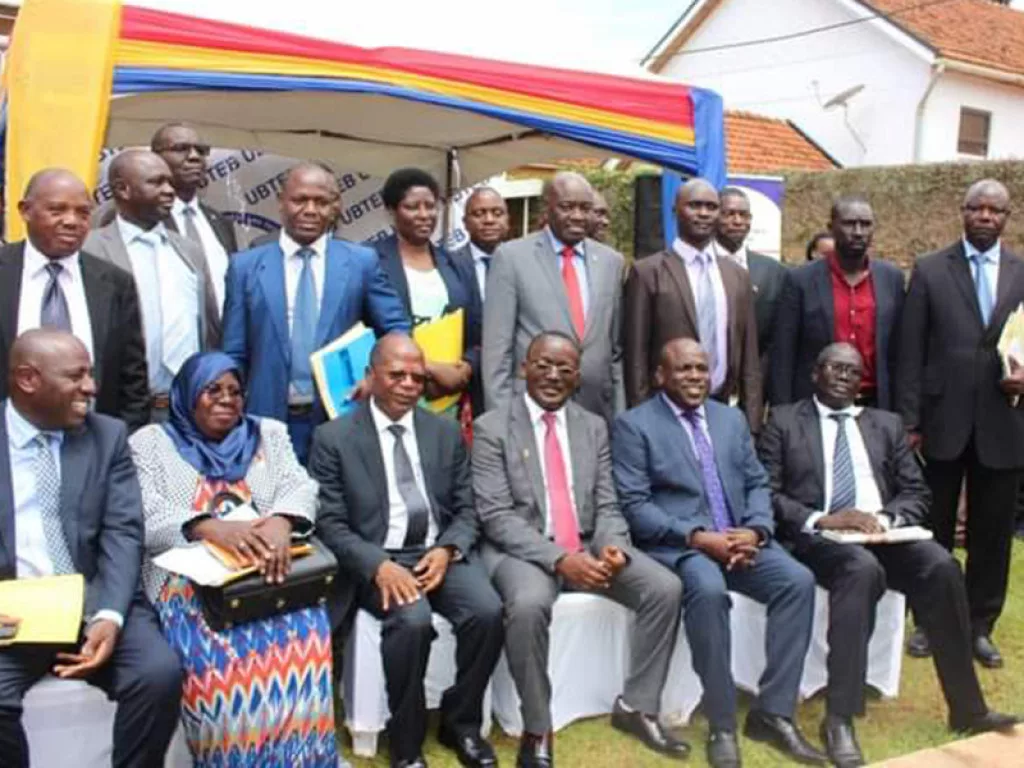
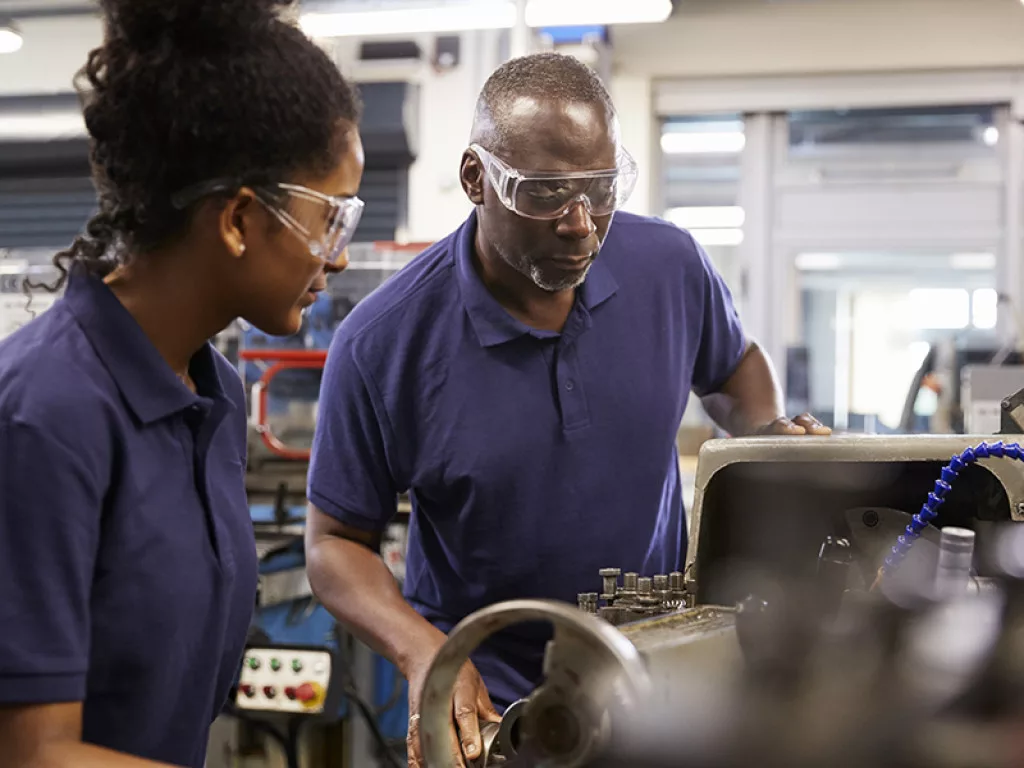
INTERVIEW: EAST AFRICAN MANUFACTURERS’ ASSOCIATION
“We need more partners for our activities and our projects, to get bigger and better. COVID-19 has hampered our plans, but we have great prospects”
Godfrey Busiku, Executive Director, EAMA
Can you talk us through the origins of EAMA, how it came about, and its initial vision?
The motivation behind our foundation was that we initially wanted to contribute to increasing market success through regional advocacy – not just through the EAC but also via regional governments. This is something we continue to do as we speak, since we are officially recognised by the national governments of the countries that we operate in. As such, in some scenarios, EAMA will be invited on behalf of the private sector to present on any matters concerning manufacturers. Slowly, we are becoming a visionary and outstanding association that fights for the best interests of manufacturers.
Although our initial vision was to increase market success, this agenda is now shared by Trademark East Africa, and various associations and BMOs – including the Kenyan Association of Manufacturers – who are doing the same.
As a result, we are now moving into promoting manufacturers beyond market success. We mainly do this by implementing trade policies to ensure production and also through consultancy work with the National Association of Manufacturers in the US to understand the feasibility of funding to allow manufacturers to take control of their entire supply chain.
Apart from advocating for control of the supply chain to government, we want to actualise our dream of handling financing on behalf of the manufacturers we represent. There’s a lot in the pipeline but we are set to go!

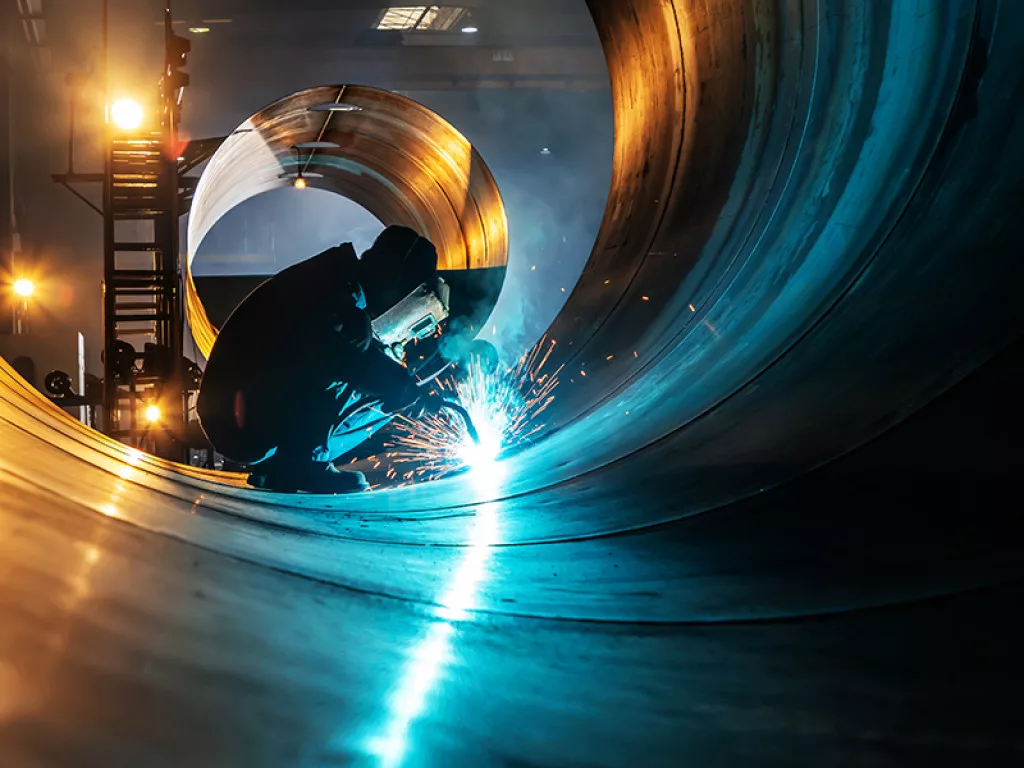
What do you find most exciting about East Africa’s manufacturing sector?
GB: First of all, we have the diversity. When my team and myself thought of co-founding this association, we wanted to question where the untapped potential was in the manufacturing industry. One such area was minerals, which is a rich space with diverse resources, particularly in Uganda or Congo.
Both Congo and Uganda are endowed with diverse minerals but both nations lack capacity and expertise to tap into their respective potentials.
When you look at the dynamics, the politics, and the competition, it’s all so interesting and exciting. But from a personal point of view, in terms of EAMA’s revenue model, it is an exciting time because we are dealing with a sample space of seven nations. This includes a huge population with an estimated size of 400 million people. That was a decade ago, so it is probably closer to 500 million now! For a business mind, that translates to a huge potential market.
When we look at China and India, these countries progress well because they tap into their own market – which is huge due to the population size. So for East Africa, we believe that the sky is the limit because our sample space is so big.
On the flip side, what are the biggest challenges facing the industry?
GB: Of course, COVID-19 hit us badly. Aside from this, we are a region with natural challenges. For instance, Uganda, Rwanda and the DRC – these are all landlocked countries. In contrast, both Kenya and Tanzania benefit from access to the coast. Across the region we have seen something of a trade imbalance. I believe that in Uganda, there is a limited mindset in terms of exports. For instance, Ugandans manufacture maize and export to Kenya. But recently, we have observed that Kenyans have decided that they no longer want Ugandan maize, which causes disputes amongst the ministers and government officials in Nairobi and Kampala.
The main cause of this trade imbalance between Uganda and Kenya is lack of consultancy. Each nation produces in anticipation, which at times results in collisions especially in scenarios where each country has surplus production for the same type of good. This is not supportive of the EAC – we are supposed to be a free market, we have so many treaties and the East African Customs Union, but I believe that the region suffers from a local of consultancy and coordination.
As an association, we hope to address these trade conflicts through our member companies, through a networking function or whatever meetings we set up, where we can link companies and make sure they are looking at their business plan, and ensuring that there is a guaranteed market for what they are doing.
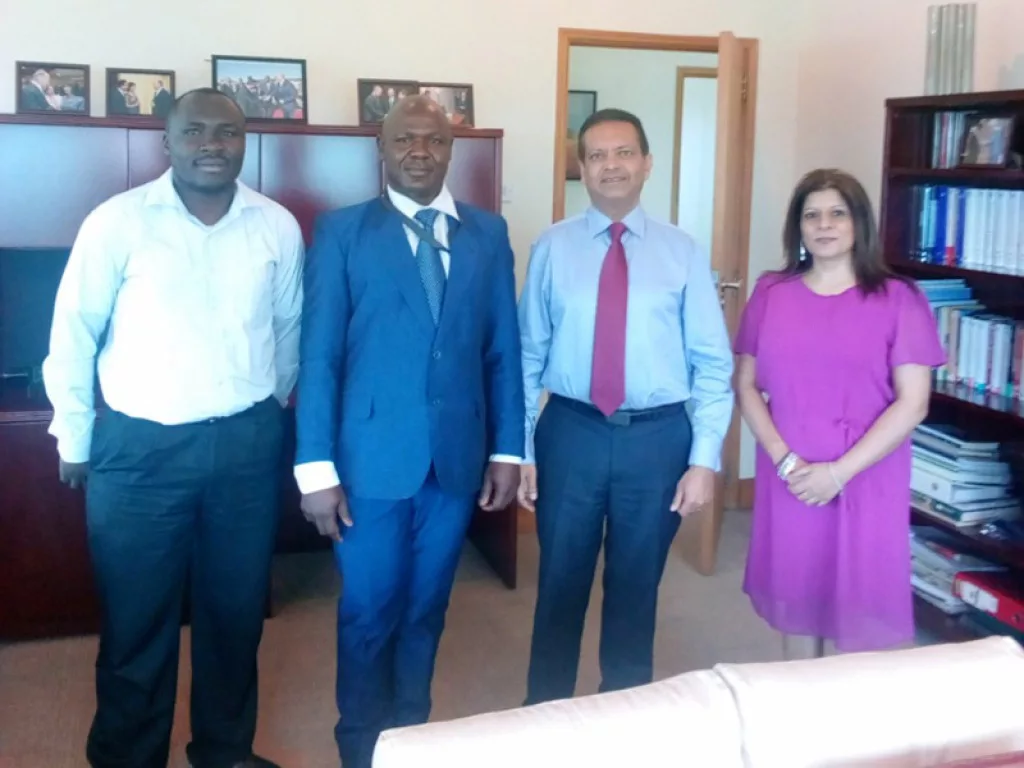
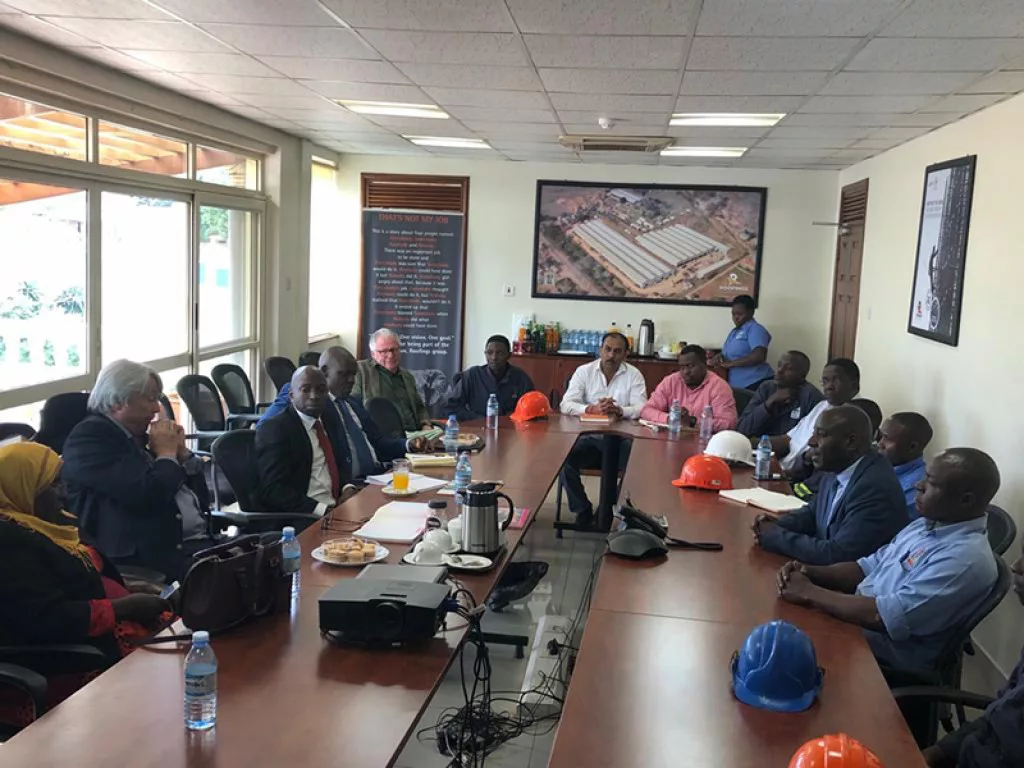
How do you see the industry developing over the next five years?
GB: If I can use Uganda as a case study, this is a nation whose manufacturing sector is skyrocketing. As a result of the President’s deals with the Chinese, this has mushroomed various industrial parks across almost every district. One such industrial park might host approximately 100 manufacturers, and every day they are constructing more manufacturing industries.
In 2007, according to a report from the EAC, an estimate of the number of manufacturers in East Africa, excluding the DRC, was 126,000 companies. As we speak, that number should exceed 300,000 companies and is subject to growth. So, in terms of our prospects for the next five to 10 years, the sky is the limit! Especially now that more people are using technology and our education sector is moving away from a colonial British curriculum to be more focused on creativity which includes manufacturing – even something simple like making a candle.
To progress, we need more skilled labour to hire, so that’s why EAMA has been trying to instil vocational training in institutions to learn new skills. We have been trying to actualise probational learning in manufacturing academies and have coordinated with several governments on vocational policies to ensure students are streamlined to be what manufacturers want.
Similarly, what are your hopes for the development of the association?
GB: As a young association, we are happy for any support – technical or otherwise – from friends, wellwishers, partners and we are open to ideas and discussions on things that can be of mutual interest to manufacturers. We believe that together, we can. Please contact us and we can talk!
We need more partners for our activities and our projects, to get bigger and better. COVID-19 has hampered our plans, but we have great prospects. We have been sleeping, since we have been unable to enter new countries but now that governments are beginning to relax restrictions, we are beginning to re-exist.
EAMA is an interesting, unique, and friendly association – people want to associate with us, and we invite manufacturers and service providers to join our membership. Our member base is open and diverse, allowing hands-on interaction with manufacturers and other members at networking events. Our membership is extremely attractive, and we all need such win-win relationships.
